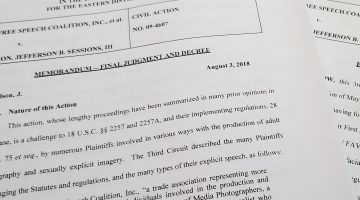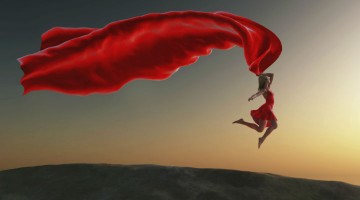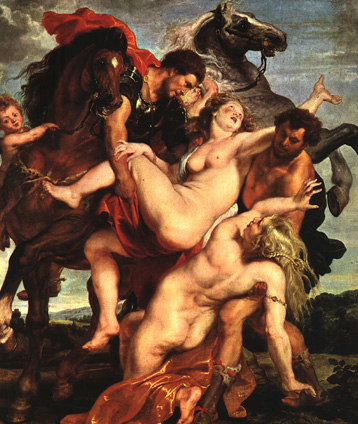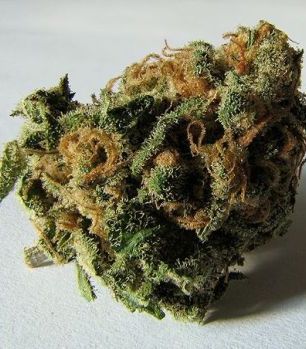 WHEATON, IL – The EEG and Clinical Neuroscience Society has completed a study on the affect of alcohol and marijuana on adolescent brain activity, and the result have confirmed what pot lovers around the world have suspected – or rather, hoped would be true – that heavy consumption of alcohol, even in youth with as little as 1-2 years of heavy drinking, results in abnormalities in brain structure, but that heavy use of marijuana results in “some subtle anomalies too, but generally not the same degree of divergence from demographically similar non-using adolescents.”
WHEATON, IL – The EEG and Clinical Neuroscience Society has completed a study on the affect of alcohol and marijuana on adolescent brain activity, and the result have confirmed what pot lovers around the world have suspected – or rather, hoped would be true – that heavy consumption of alcohol, even in youth with as little as 1-2 years of heavy drinking, results in abnormalities in brain structure, but that heavy use of marijuana results in “some subtle anomalies too, but generally not the same degree of divergence from demographically similar non-using adolescents.”
According to a related blog post by Bruce Mirken of the Marijuana Policy Project, “Strikingly, in a couple of studies, the damaging effects of binge drinking were less if the drinker also used marijuana, suggesting — though not proving — a possible protective effect in some circumstances.”
He goes on to state, with intended irony, that the government holds a patent on cannabinoids. The patent abstract explains the government-identified benefits of a phyoactive plant the possession and sale of which has landed untold thousands of people in jail.
“Cannabinoids have been found to have antioxidant properties, unrelated to NMDA receptor antagonism. This new found property makes cannabinoids useful in the treatment and prophylaxis of wide variety of oxidation associated diseases, such as ischemic, age-related, inflammatory and autoimmune diseases. The cannabinoids are found to have particular application as neuroprotectants, for example in limiting neurological damage following ischemic insults, such as stroke and trauma, or in the treatment of neurodegenerative diseases, such as Alzheimer’s disease, Parkinson’s disease and HIV dementia. Nonpsychoactive cannabinoids, such as cannabidoil, are particularly advantageous to use because they avoid toxicity that is encountered with psychoactive cannabinoids at high doses useful in the method of the present invention. A particular disclosed class of cannabinoids useful as neuroprotective antioxidants is formula (I) wherein the R group is independently selected from the group consisting of H, CH3, and COCH3. ##STR1##.”












No Comment